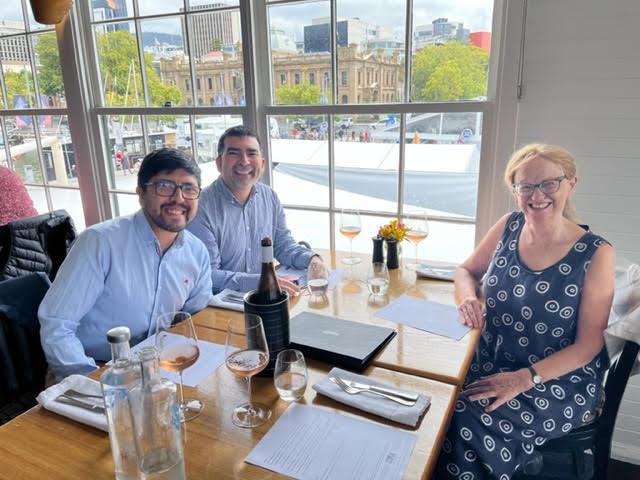 Graphical abstract
Graphical abstract
Elham Nourani (Department of Biology, University of Konstanz, Germany) and colleagues have published in the journal Current Biology an analysis of wind speeds on seabird flight morphology.
The paper’s summary as follows:
Storms can cause widespread seabird stranding and wrecking, yet little is known about the maximum wind speeds that birds are able to tolerate or the conditions they avoid. We analyzed >300,000 h of tracking data from 18 seabird species, including flapping and soaring fliers, to assess how flight morphology affects wind selectivity, both at fine scales (hourly movement steps) and across the breeding season. We found no general preference or avoidance of particular wind speeds within foraging tracks. This suggests seabird flight morphology is adapted to a “wind niche,” with higher wing loading being selected in windier environments. In support of this, wing loading was positively related to the median wind speeds on the breeding grounds, as well as the maximum wind speeds in which birds flew. Yet globally, the highest wind speeds occur in the tropics (in association with tropical cyclones) where birds are morphologically adapted to low median wind speeds. Tropical species must therefore show behavioral responses to extreme winds, including long-range avoidance of wind speeds that can be twice their operable maxima. By contrast, Procellariiformes flew in almost all wind speeds they encountered at a seasonal scale. Despite this, we describe a small number of cases where albatrosses avoided strong winds at close range, including by flying into the eye of the storm. Extreme winds appear to pose context-dependent risks to seabirds, and more information is needed on the factors that determine the hierarchy of risk, given the impact of global change on storm intensity.
Reference:
Nourani, E., Kamran Safi, K., de Grissac, S., Anderson, D.J., Cole, N.C., Fell, A., Grémillet, D., Lempidakis, E., Lerma, M., McKee, J.L., Pichegru, L., Provost, P., Rattenborg, N.C., Ryan, P.G., Santos, C.D. et al. 2023. Seabird morphology determines operational wind speeds, tolerable maxima, and responses to extremes. Current Biology. https://doi.org/10.1016/j.cub.2023.01.068.
27 March 2023

 English
English  Français
Français  Español
Español 






 Translation students, Jhonny Pedraza (front left) and Angelo Berbotto (back left) enjoy lunch out with ACAP Executive Secretary, Dr Christine Bogle. Jhonny and Angelo spent a week with the ACAP Secretariat as in-house translators as part of ACAP's Translation Student Internship Programme
Translation students, Jhonny Pedraza (front left) and Angelo Berbotto (back left) enjoy lunch out with ACAP Executive Secretary, Dr Christine Bogle. Jhonny and Angelo spent a week with the ACAP Secretariat as in-house translators as part of ACAP's Translation Student Internship Programme
